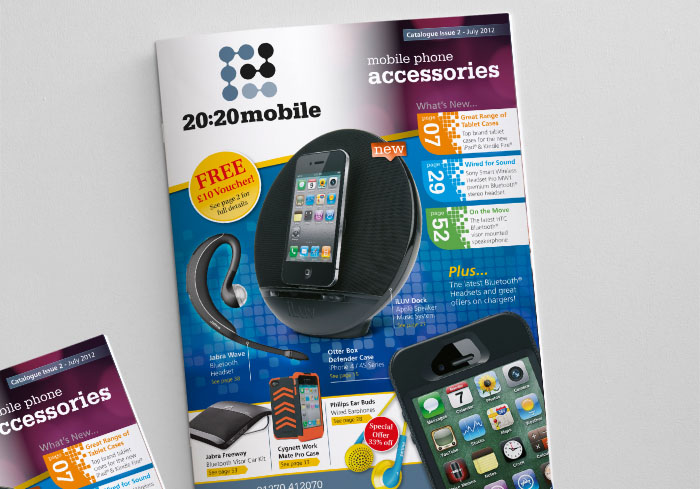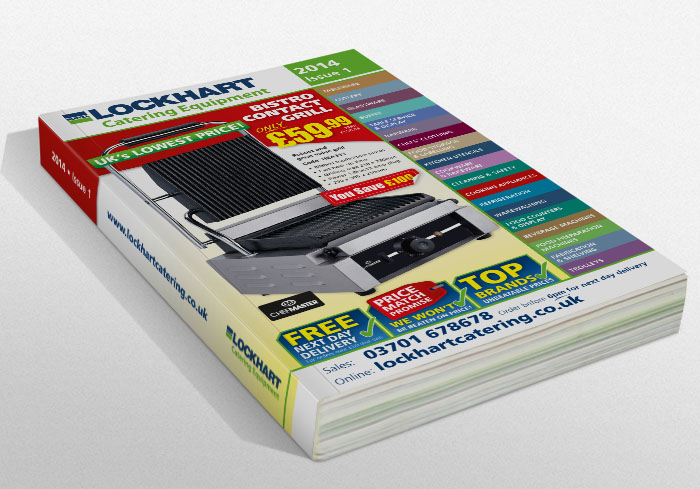What is value and how do you calculate it – It’s a interminable question. It means very different things to many different people. There are many attempts at defining it but I really like this is a great little framework by Prof Paul Fifield*.
Value=Benefit – Effort – Risk – Price
You can apply this to anything you like but for this blog I have applied it to catalogues. It will help create more effective catalogues help you understand how to add value and drive sales.
I will break each of the component parts down and try to explain how they work together.
VALUE=Benefit – Effort – Risk – Price
Value resides with the product or service and is variable and based on the needs wants and expectations of each customer.
It is much more than price – it’s perception and almost an abstract concept.
Value=BENEFIT – Effort – Risk – Price
This is what the customer ultimately buys and again is a very personal proposition. The greater the benefit the better the perceived value
The closer you get to the perfect solution, the greater the benefit.
Value=Benefit – EFFORT – Risk – Price
Make things hard for your customers and you will always struggle to sell to them. It has to be easy.
Obtaining the benefits of your products has to be barrier free. The journey to the checkout (and beyond) has to be simple, easy to understand and confidence building.
The easier you make it for your customers – the more they will buy from you. An easy buying experience builds customer loyalty and enhances retention.
Value=Benefit – Effort – RISK – Price
The one thing that mitigates risk is trust. Think about it – would you risk your life with someone you didn’t trust? Trust comes from knowledge and experience. Risk is higher without prior knowledge or experience. Experience allows you to judge expertise and quality of offering.
Without direct experience, brand awareness plays a great part in mitigating risk. Exposure to brand values cultivates an emotional attachment.
Value=Benefit – Effort – Risk – PRICE
The most complex part of the equation and, in part, driven by the other components. Price has to relate to expectations – higher price=greater expectations.
And it is wrong to assume that lowest price is the most relevant. Not everybody wants to buy the cheapest option.
If the Benefit – Effort – Risk meet or exceed expectations, then price is almost an irrelevance.
To summarise:
Value=Benefit – Effort – Risk – Price
- Value – this is largely in the mind of the customer. It is a perception and linked to a customer’s expectations.
- Benefit – has to be in both what your catalogue and your brand bring as well as the product it sells.
- Effort – remove all barriers to purchase and make it easy for your customers to buy. This builds loyal customers.
- Risk – sell from a position of authority and build trust, people buy from companies they trust. They also trust companies and brands they are familiar with, build brand touch points.
- Price – give options the customer understands, not every customer is price driven. Get the Benefits, Effort and Risk right and the Price is almost irrelevant.
*Professor Paul Fifield has been involved in developing and implementing Market Strategy since 1980. He holds a degree in Business Studies as well as an MBA and a PhD in Marketing Strategy, both from Cranfield University. He was elected a Fellow of the Chartered Institute of Marketing (FCIM) in 1988, elected a member of CIM Council 1999-2001 and the CIM International Board of Trustees 2002-2004. Paul is currently President of the CIM Southern Region. He is also Visiting Professor at the University of Southampton and the College des Ingénieurs in Paris as well as a Fellow of the Royal Society for the encouragement of Arts, Manufacturers and Commerce (FRSA).


